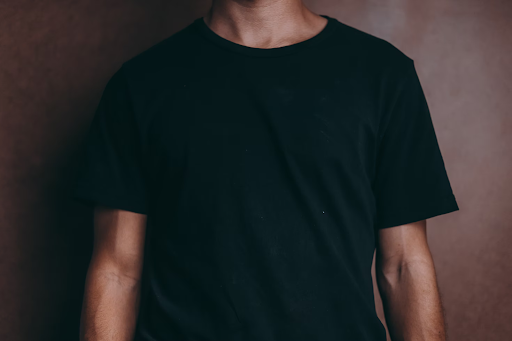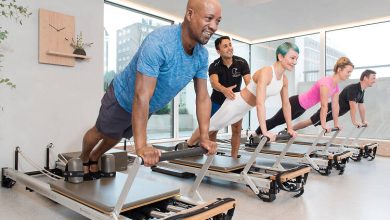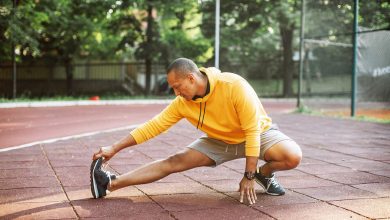6 Vital Clothing and Footwear Health Concerns You Should Address

Out clothes and footwear are integral parts of our lifestyles that can affect the quality of our lives. Many people take their clothing and footwear for granted but don’t realize how much time we spend wearing these items. People often go to work in the same clothes they’ve worn the day before to the dog park and bring their shoes inside their homes after wearing them all day long. This can harm our well-being but fortunately, there are measures we can take to prevent problems from arising. To help you understand the impact of clothes and footwear on your health, here are six vital clothing and footwear health concerns you should address:
Table of Contents
Bacterial Infections
Bacterial infections are common problems that can occur from long-term exposure to bacteria. Footwear, in particular, is a major risk factor for the development of infection because shoes provide a moist and dark environment that allows harmful microorganisms to thrive. Besides providing an ideal habitat for bacteria, wearing footwear indoors after going outside can also increase your risk of developing a bacterial infection, including the famous E. Coli, of which you can read more online. When it comes to preventing these types of infections, thorough washing and disinfecting is necessary to kill all potentially infectious organisms so they don’t multiply. Washing clothes and shoes regularly with hot water and soap is a good way to prevent germs from accumulating since most people wear their garments several times before laundering them.
Allergic Reactions
Allergic reactions are one of the most common clothing and footwear health concerns. Many people suffer from intolerance to certain fabrics or materials, which can lead to discomforting symptoms like hives, rashes, swelling, redness, itchiness, and dryness. The most prevalent issue is usually with the materials used to make the products. People who have chronic allergic reactions should avoid materials that commonly cause irritations like wool, polyester, nylon, and spandex. Some people are also allergic to the dyes used in clothes and shoes, so it’s important to identify what triggers your allergies. Fortunately, taking some precautions when buying new clothes or footwear can prevent problems from occurring. Wearing garments made of natural materials that don’t contain irritating dye is usually the best way to keep your symptoms under control.
Fungal Infections
In addition to bacterial infections, shoes are also a major risk factor for the development of fungal infections. Wearing footwear in moist environments can lead to the growth of fungi that thrive in these conditions, which is why it’s important to air out your shoes when you get home from wearing them all day long. To prevent fungal infections from developing, store your shoes in an open space with good airflow and make sure they’re completely dry before you wear them again. If you have a history of fungal infections or if your family does, it might be necessary to purchase special anti-fungal insoles that will reduce moisture levels inside your shoes while killing harmful microorganisms.
Blisters And Abrasions
Blisters and abrasions are common problems that affect millions of people worldwide. Most people get blisters from friction against the skin when they rub against an area or material that has an irregular texture or surface. These types of conditions can cause significant discomfort and limit mobility, making them a major concern for active individuals who like to wear their shoes for long periods without taking them off. To avoid blistering or abrading your feet, it’s important to buy footwear that fits properly and wears down gradually. If you experience frequent foot problems while wearing your shoes, it may be necessary to visit a podiatrist for help with finding the right size and type of footwear so your symptoms improve.
Hyperhidrosis
Excessive sweating, also known as hyperhidrosis, is a common condition that’s often caused by wearing certain types of shoes for too many hours in a row. Wearing uncomfortable or tight-fitting shoes can put added pressure on your feet and restrict blood flow to your toes, which makes it more likely that you’ll sweat excessively. To prevent excessive sweating from occurring, it’s important to wear supportive footwear that offers plenty of ventilation while allowing the skin on your feet to breathe. As a bonus, choosing insoles made of special material with antimicrobial properties will help reduce foot odor since bacteria thrive in moist places like sweaty shoes.
Trench Foot
Trench foot is a serious problem that occurs when the feet and legs stay wet and cold for an extended period. This type of exposure can activate dangerous microorganisms in the environment, leading to infections like cellulitis and gangrene. It’s important to keep your feet dry and change into dry clothes or footwear as soon as possible if you’ve been exposed to water or wet environments. When it comes to trench fever, prevention is much more effective than treatment because most cases resolve themselves without any intervention necessary once individuals take precautions against future exposures.

These six types of health issues are some common concerns that affect many people around the world, which is why they need to be aware of their risks to prevent infections from occurring. With proper care, you can reduce your risk of these conditions occurring in the first place and address them immediately if they do pop up unexpectedly.
For any important information please contact us Email GadgetsNg info@gadgetsng.com
[Button id="1"]




Your article helped me a lot, is there any more related content? Thanks! https://www.binance.info/el/join?ref=B4EPR6J0